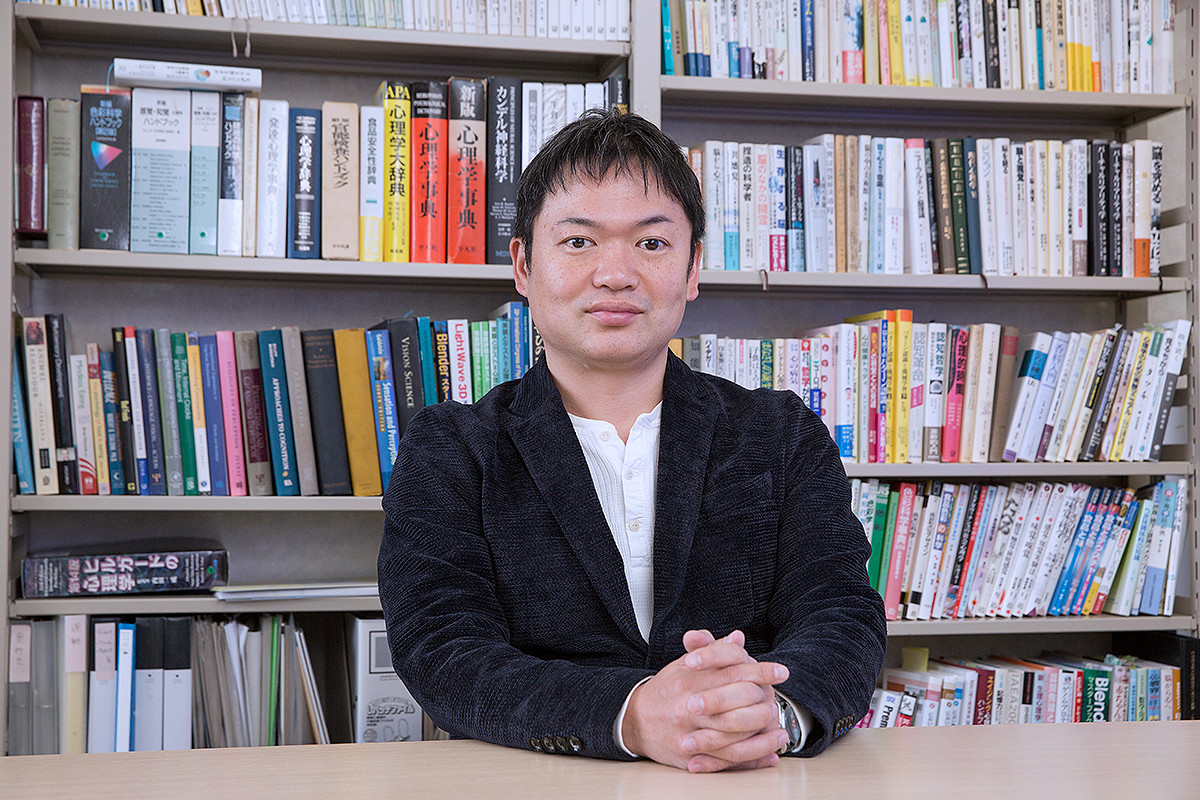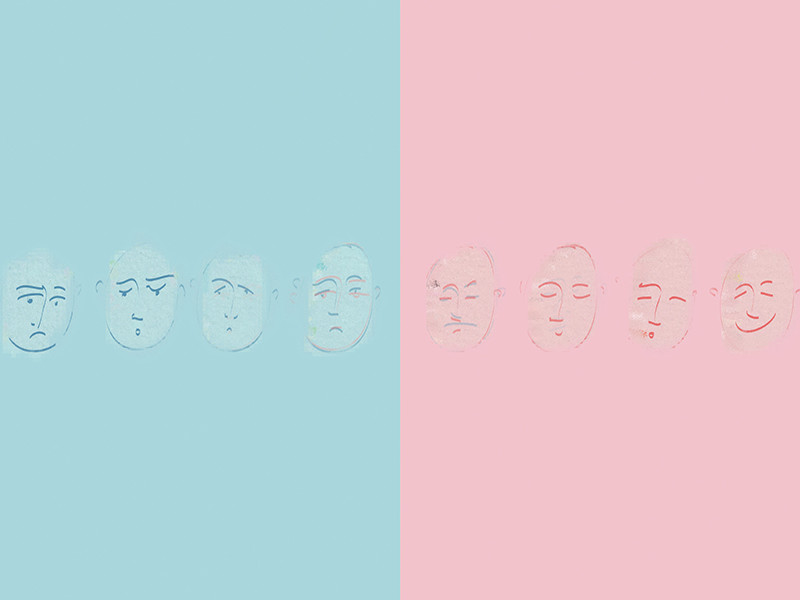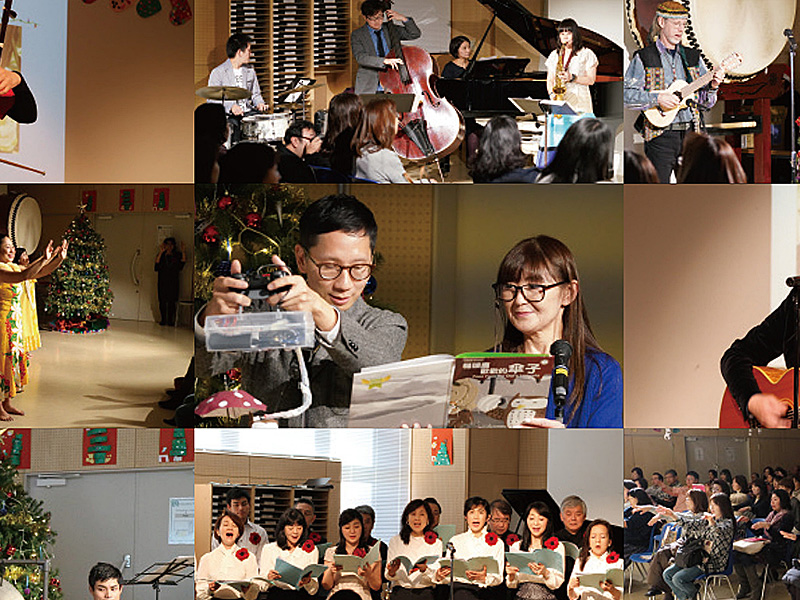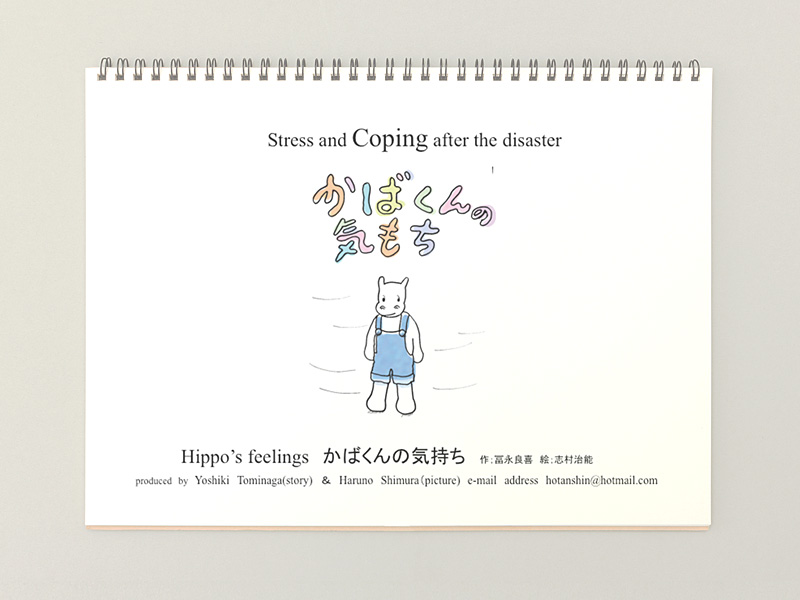STORY #5
Psychology reveals the Truth behind our Sense of Taste
Yuji Wada
Professor, College of Gastronomy Management
The sense of taste is a combination of many elements, including the five senses, culture, learning, and preferences.
Palatability is a complex subject. Depending on the food, the person eating, or circumstances, the sweetness or bitterness of food could be considered delicious. The smell or texture could also make one like or dislike the food; some foods are disliked simply because of how they look, despite what their flavor may be. For example, even if you analyze the elements of a fruit at its molecular level and reveal its sugar content, you cannot uncover the truth behind the palatability we feel. Yuji Wada considers palatability to be an emotion that occurs when a person partakes food; based on this premise, he is trying to unravel the mechanism of palatability through a perceptual psychological approach.
“If I were to explain the mechanism of gustation based on molecular biology, people ‘taste’ things when the brain receives signals through the central nervous system, based on their sweetness, saltiness, bitterness, sourness, and umami, which are the basic flavors contained in the chemical substances that come into contact with taste receptors at the tip of the taste bud within the lingual papilla,” Wada said. Humans have an innate receptors for these basic tastes. For example, it is said that the sense of sweetness or umami, which relate to nutritional values that are indispensable for survival, are considered innately desirable for not only humans, but also many other animals. In contrast, sourness and bitterness are received as signals for poison and spoilage.
“However, there is a much more complicated mechanism involved in humans’ perception of food,” Wada continued.
According to Wada, the perception of food is impacted by not only the five senses of sight, sound, touch, smell, and taste but also the visceral sensations and the kinesthesis of mastication and swallowing; aside from these, culture, learning, and preferences also play a role. Thus, it is necessary to consider the perception of food as a multi-sensational perception.
For example, one factor that affects sense of taste is smell. There are two kinds of olfaction when it comes to food; one comes in through the nose, and the other comes back up with the breath from inside the mouth after the food is chewed or swallowed. They both significantly impact the sense of taste. For example, if we pinch our nose and close our nostrils as we eat chocolate, we cannot sense that chocolate flavor. This is because we are unable to sense chocolate’s distinct, rich flavor that we would otherwise be able to sense through its aroma. As this example shows, smell, in effect, enhances the subjective sense of taste.
Vision also significantly impacts one’s evaluation of food. “Perhaps because most fruits and vegetables are red, green, or yellow, food colors that are on the opposite end, like blue, give many a repulsive feeling,” Wada explained. In addition, the typical colors associated with food have a significant impact on visual recognition of foodstuff. For example, the reason melon or lemon-flavored syrup used on shaved ice is much brighter than the actual fruit juice is to encourage association and identification.
The typical color of food impacts not only one’s impression of it but also how it tastes. In fact, there are reports that sucrose solution with a reddish hue tastes sweeter than one without a color, apparently because the color red has a stronger association with red food, such as fruits, and thus it may have an enhancing effect on the sweetness. Based on such examples, we can see that our sense of taste is created as a mixture of various senses, including smell and vision. Texture (haptic sense) is also among the senses that help form one’s perception of food. Wada mentioned that “people in Kyushu tend to favor softer udon noodles, and those in Aomori say apples with a harder texture taste better.” It is quite fascinating that what is considered delicious differs by location.

Wada explained that “the deliciousness of food is greatly associated with acquired learning.” Those who have had natto (fermented beans) may say that “it smells delicious” when they get a whiff of the beans; in contrast, those who have never had it before may only identify it as having an offensive and rancid odor. Information, such as brands, can also be a factor in taste.
Recently, Wada turned his attention to researching types of food that would be considered repulsive by certain people. “For example, tsukudani of locusts (that is, locusts simmered in soy sauce) causes people to feel disgusted if they have never had them before. However, those who are accustomed to eating it, or those who know others who eat it, tend to think that it rather looks delicious. Moreover, certain types of food that look delicious to Japanese people may feel visually disgusting to many foreigners, such as in the case of grated (and slimy) yam paste and natto.” Through experiments, Wada has tried to determine what factors and opportunities turn one’s cognition of food from one that brings disgust into one that tastes good.
Although, clearly, perception of food is created by the combination of information obtained through the five senses, kinesthesis, culture, and learning, its mechanism is yet to be discovered. Wada hopes to uncover this secret. His eyes glisten with excitement as he ventures deep into uncharted territory.

- Yuji Wada
- Professor, College of Gastronomy Management
- Research Subject: food texture perception in humans
- Research Keywords: experimental psychology, cognitive science, perceptual information processing, eating habits, social psychology
































